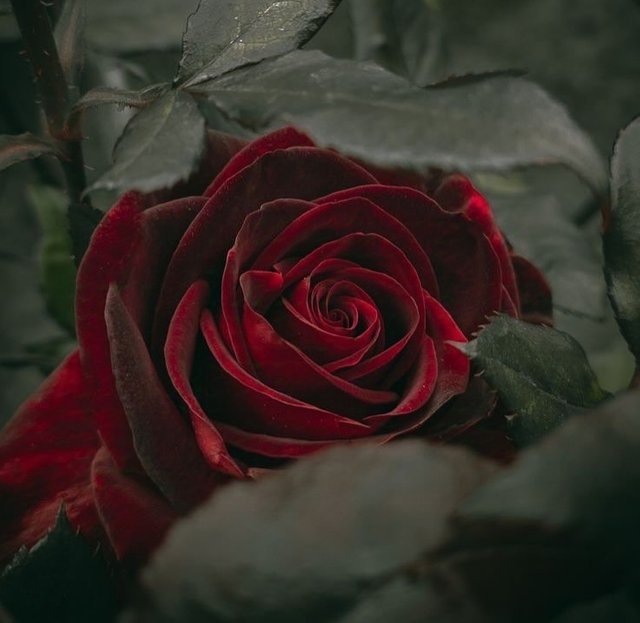The Damask rose, often referred to as the "queen of flowers," has captivated humanity for centuries with its unparalleled beauty, intoxicating fragrance, and myriad uses. A symbol of love, purity, and elegance, this ancient flower holds a special place in history, culture, and industry.
Origins and History
The origins of the Damask rose are rooted in antiquity, with its lineage tracing back to the Middle East, particularly regions that now comprise Syria, Iran, and Turkey. It is believed that the rose was brought to Europe during the Crusades, hence the name "Damask," derived from the city of Damascus. Ancient civilizations, such as the Persians, Greeks, and Romans, cherished this rose for its beauty and utility, using it in everything from perfumery to medicine.
In Persian literature, the Damask rose symbolizes beauty and love. Its cultivation spread through the Islamic Golden Age, where its essence was extracted and integrated into cosmetics, culinary recipes, and spiritual practices.
Physical Characteristics
The Damask rose is a deciduous shrub known for its delicate and richly scented flowers. It typically grows between 1.2 to 2.2 meters in height, with thorny stems and soft, feathery foliage. The flowers are usually a vibrant pink to light red and bloom profusely during the growing season, often in late spring to early summer.
What sets the Damask rose apart is its fragrance—an enchanting, complex aroma that blends sweet, floral, and slightly spicy notes. This unique scent has made it a cornerstone of the perfume industry for centuries.




Device Information
| Device | Redmi Note 10 Pro |
|---|---|
| Location | Bangladesh |
